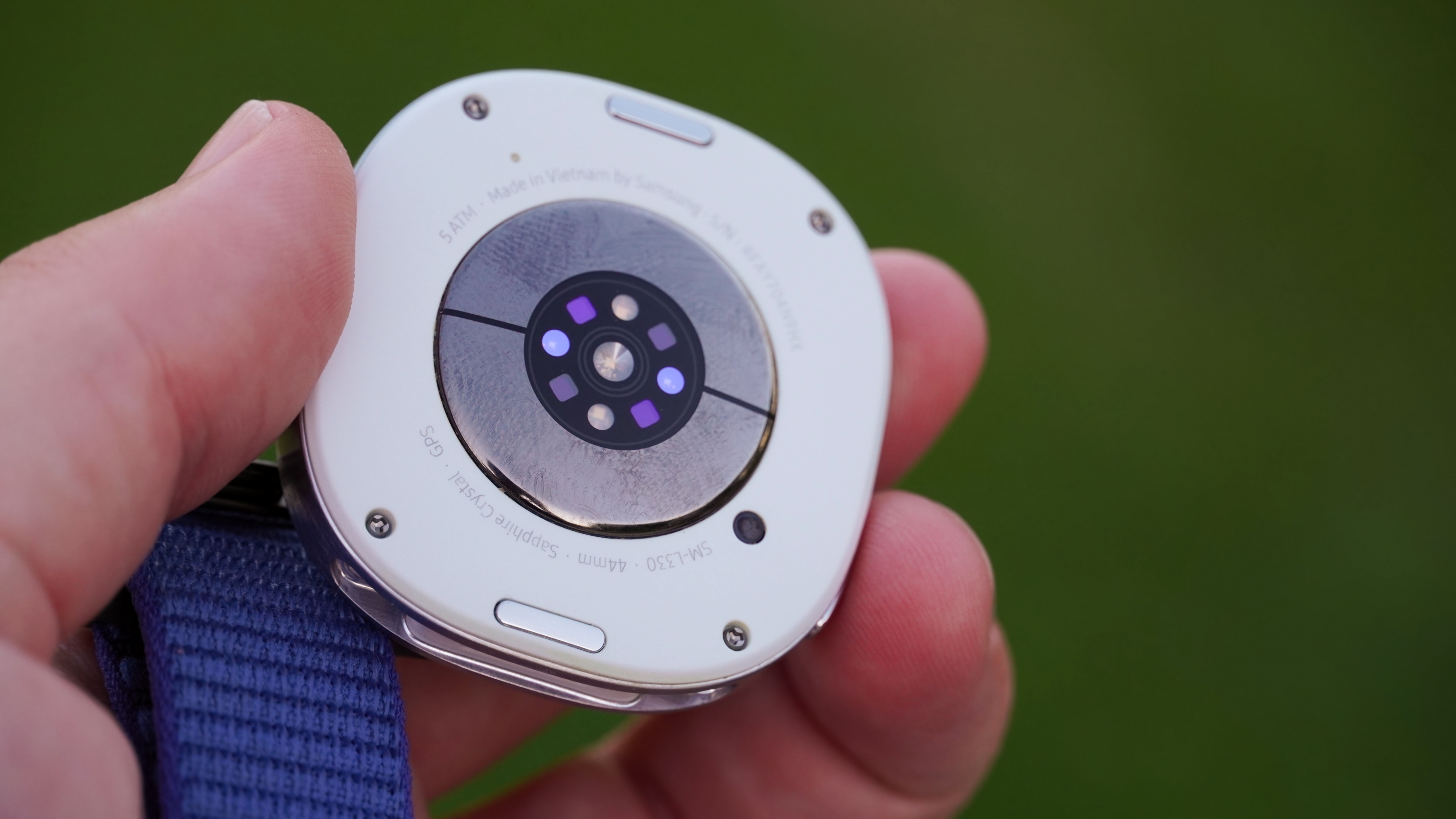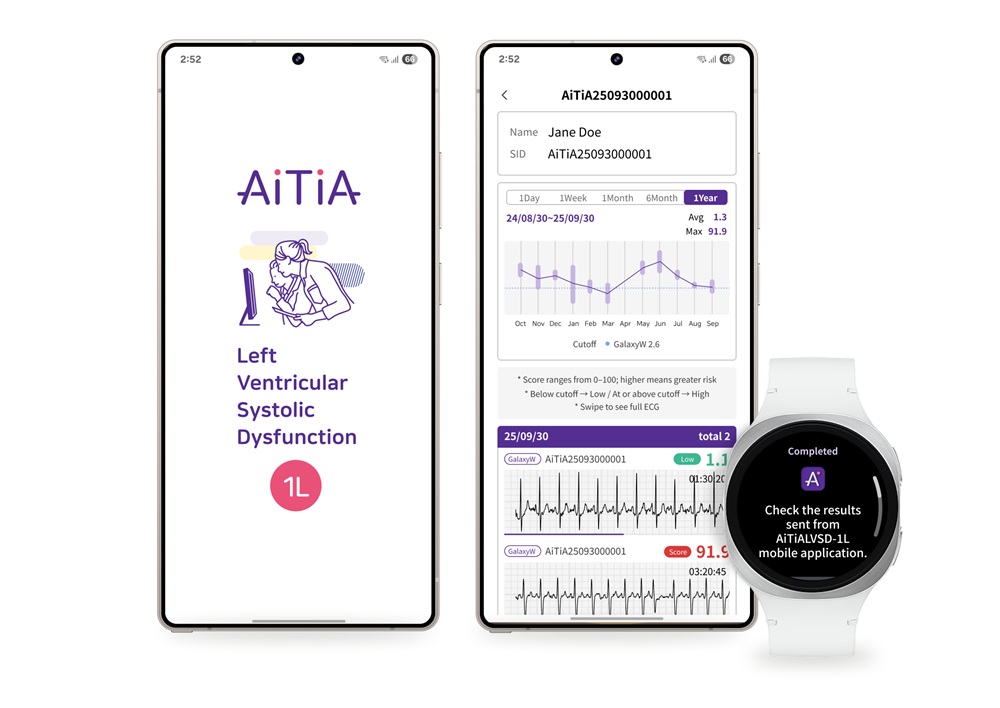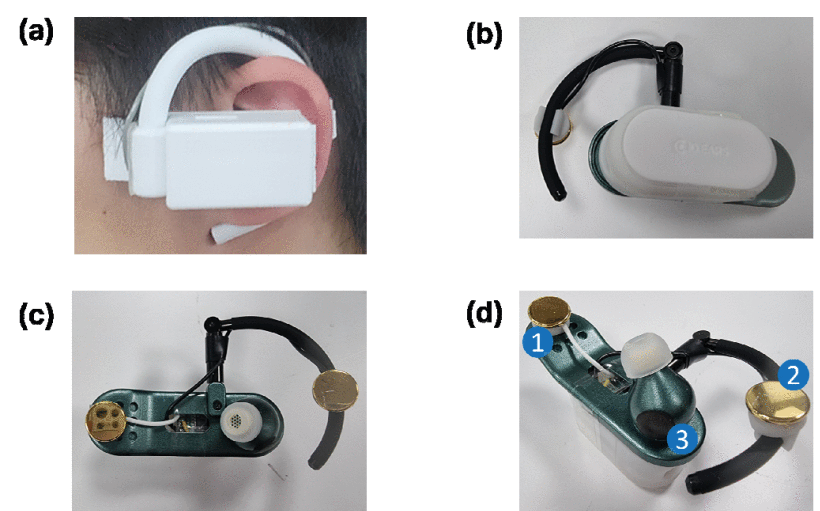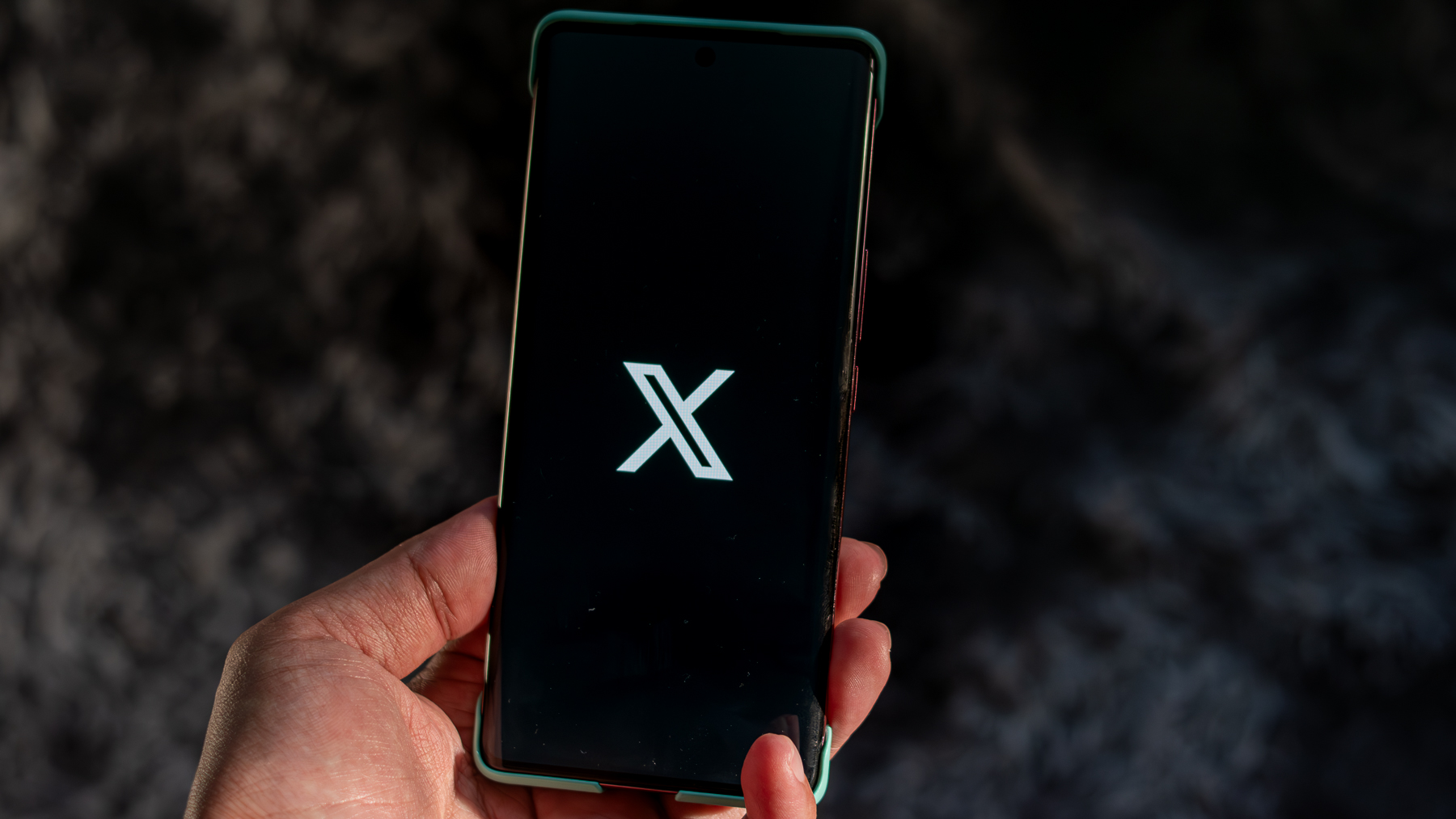Samsung Galaxy Watches will 'soon' detect warning signs for heart failure
Samsung's AI algorithms will detect 'Left Ventricular Systolic Dysfunction,' with Galaxy Watches the latest to tackle serious health conditions.

What you need to know
- Samsung announced that it will "soon" release a "World-First" feature to detect the most common precursor to heart failure.
- Galaxy Watches will employ an algorithm that's used by hundreds of Korean hospitals to detect Left Ventricular Systolic Dysfunction (LVSD).
- Early detection of the condition allows for treatment that can "significantly reduce hospitalization and lower the risk of death."
- Samsung also announced a new Brain-Computer Interface worn on the ear that acts as an EEG to detect users' brainwaves.
Samsung plans to bring an algorithm for detecting a cardiovascular condition that causes "50% of all heart failure cases" and "is more fatal than some cancers" to its Galaxy Watches in the near future.
In its news post, Samsung describes how Galaxy Watches, such as the Watch 8, will support early detection and monitoring of Left Ventricular Systolic Dysfunction (LVSD), where your heart's main pumping chamber can't effectively contract, causing swelling in the legs and ankles caused by excess fluid and decreased oxygen.
A Korean medical device company called Medical AI developed an algorithm for detecting LVSD that's already used in "over 100 major hospitals in Korea and used for over 120,000 patients on a monthly basis," and received regulatory approval from MFDS (Korea's FDA equivalent).
Samsung will use this algorithm, with its own Galaxy Watches' PPG sensors as the data source, to enable "early screening for asymptomatic individuals" before they're fully at risk for heart failure.
A 'wellness' tool with serious medical applications

Samsung has begun a serious medical push in Samsung Health, recently offering virtual doctor visits and prescription tracking through the app. LVSD detection sounds like more of the same, but Samsung's post had a footnote insisting that this algorithm is designed for "general wellness" alone, not "detection, diagnosis, or treatment of any medical condition."
This suggests that Samsung may not attempt to get FDA approval for the feature, in contrast to Apple and Google getting regulatory approval for hypertension alerts and Loss of Pulse detection, respectively.
Still, it's an intriguing tool that we'd hope becomes available worldwide, given the serious dangers associated with heart failure.
Get the latest news from Android Central, your trusted companion in the world of Android
Smartwatches can use algorithms and HR sensors to predict dangerous medical conditions before people become symptomatic. Apple's hypertension alerts can track high blood pressure signs using months of data, before it leads to more serious conditions like heart attacks and heart failure. Google is also allegedly working on hypertension alerts for Fitbits and Pixel Watches.
We'll have to wait and see which Samsung watches support LVSD detection and whether it'll be available worldwide, but Samsung says it'll arrive "soon."
Will Samsung also release a 'Brain-Computer Interface' wearable?

In this same post, Samsung linked to an IEEE study in which Samsung and its partners at Hanyang University developed a "new wearable around-the-ear EEG recording device" as a "passive brain–computer interface" to register people's brainwaves using only a single contact point on a person's ear (instead of a bunch of electrodes).
Samsung's wearable EEG looks a bit like a chunky open-ear earbud, and the study showed that it was 92.8% accurate at determining how testees felt about videos they were watching.
The scientists suggested it could be used for "neuromarketing," quantifying how focus groups feel about a commercial or movie or judging how a consumer feels about the music they're listening to. It could also be used to check if a driver is becoming drowsy and trigger an alarm if needed, or indicate if a student is becoming drowsy during a lesson.
While this sounds very dystopian and intrusive, this EEG function could also be used for "mental health management," says Professor Chang-Hwan Im of Hanyang University.
We're very curious if future Samsung earbuds could have EEG monitoring, similar to how many earbuds are adding heart rate monitoring today.

Michael is Android Central's resident expert on wearables and fitness. Before joining Android Central, he freelanced for years at Techradar, Wareable, Windows Central, and Digital Trends. Channeling his love of running, he established himself as an expert on fitness watches, testing and reviewing models from Garmin, Fitbit, Samsung, Apple, COROS, Polar, Amazfit, Suunto, and more.
You must confirm your public display name before commenting
Please logout and then login again, you will then be prompted to enter your display name.
